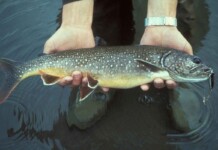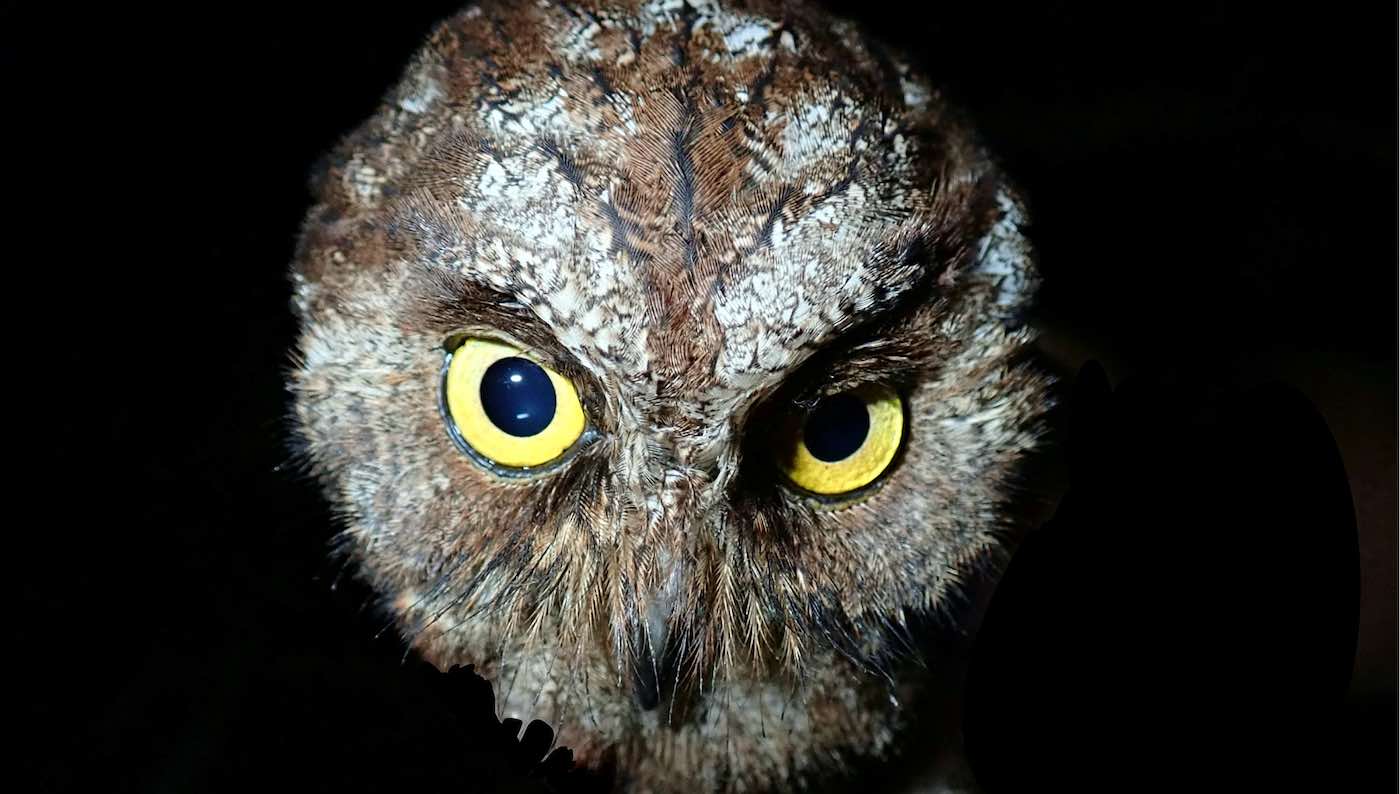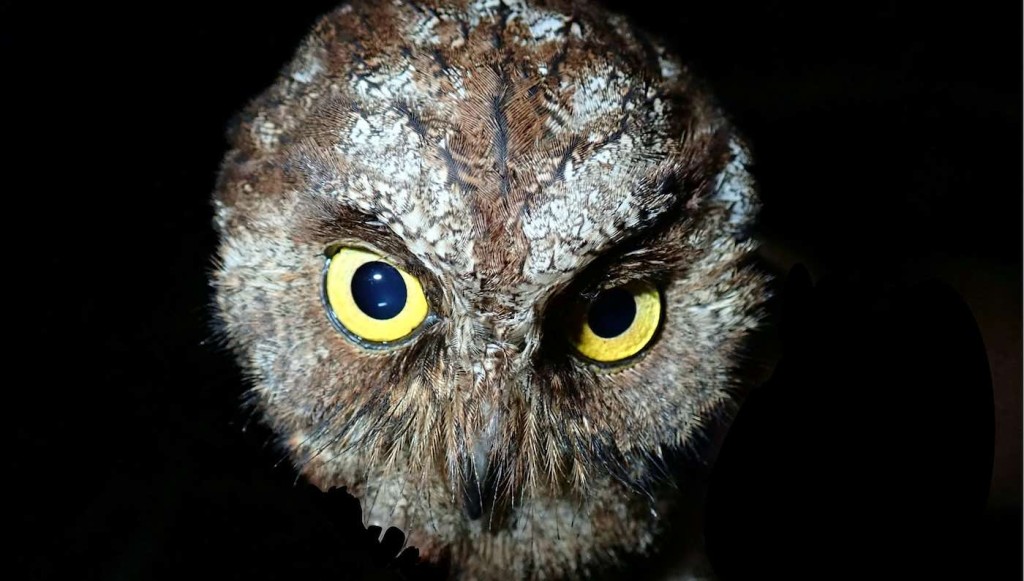
A new species of owl has joined the tree of life after having been documented as unique this year—and its Latin name was christened after a local wildlife caretaker who used to sell parrots to the pet trade.
Researchers believe the Principe scops owl is found exclusively on Príncipe, a tropical island off the west coast of Africa, in the Gulf of Guinea.
Suspicions of its occurrence gained traction back in 1998, but scientists first began researching it there in 2016.
It is called Otus bikegila and “bikegila” was chosen to honor Ceciliano do Bom Jesus (nicknamed Bikegila)—a former harvester of gray parrots on Príncipe Island who became a guide, and eventually a ranger for the natural park, after the pet-trade practice had been outlawed.
“The discovery of the Principe scops owl was only possible thanks to the local knowledge shared by Bikegila and by his unflinching efforts to solve this long-time mystery,” according to the researchers.
He was one of the first people to spot the owl while searching for parrot chicks in the early 1990s, but, since then, National Geographic reports that Bikegila turned his expansive knowledge of the landscape toward a positive purpose.
“For nearly a quarter century, he’s assisted scientists on every expedition undertaken to find the owl, including the trip that led to the first-ever photographic evidence of the species, in 2016,” says Nat Geo.
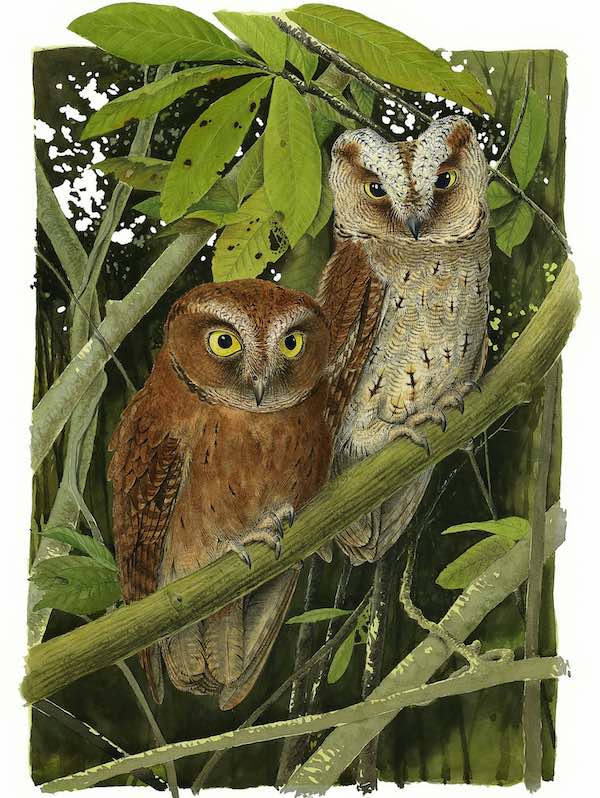
The researchers also chose the name as “an acknowledgment to all locally-based field assistants who are crucial in advancing the knowledge on the biodiversity of the world.”
Otus is the generic name given to a group of small owls known as scops owls that share a common history. Two of those are found throughout Europe, Asia, and Africa—the Eurasian scops owl (Otus scops) and the African scops owl (Otus senegalensis).
RELATED: California Vineyards That Once Used Only Toxic Chemicals to Protect Vines Now Use Owls
“The discovery of a new bird species is always an occasion to celebrate,” said Martim Melo, a biologist at the University of Porto and lead author of the study published in the journal ZooKeys.
Its unique call, a short “tuu” note repeated at around one note per second, was one of the main clues that heralds its uniqueness.
The entire island of Principe was extensively surveyed by the scientific team to work out how many of the owls there are and where they can be found. It turned out they can only be found in one single rainforest in the south of the island, with the birds preferring to stay in the lower parts of trees.
Its habitat has a radius of less than six square miles (15 sq-km), but despite its size being only 4x the size of New York City’s Central Park, between 1,000 and 1,5000 Principe scops owls are packed into it.
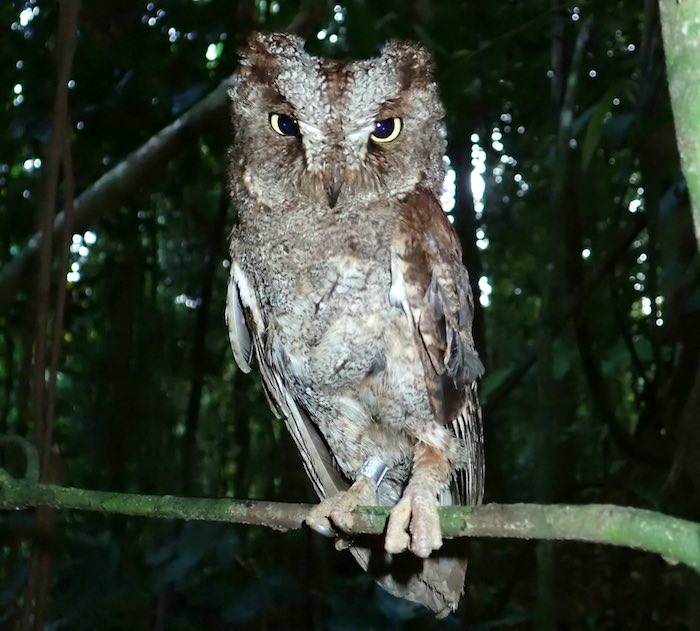
WATCH: Owl Immediately Adopts Two Rescue Chicks the Moment She Meets Them – After Her Own Eggs Failed
Because they live in such a small area, the researchers say they should be classified as critically endangered, especially because their habitat is reportedly “near” a small hydroelectric dam which is being built.
Monitoring the forest will be essential to get more precise estimates of its population and follow any trends.
Even though the island measures only around 54 square miles (139 sq-km), the species is the eighth type of bird commonly found there to be discovered as unique.
“Although it may seem odd for a bird species to remain undiscovered by science for so long on such a small island, this is by no means an isolated case when it comes to owls.
RELATED: Falconry Saves Man from Life of Crime – Now he Helps Birds and At-Risk Youth Take flight
For example, the Anjouan scops owl was rediscovered in 1992, 106 years after its last observation on Anjouan Island in the Comoro Archipelago, and the Flores scops owl was rediscovered in 1994—98 years after the previous report.
“On a positive note, the area of occurrence of the Principe scops owl is fully included within the Príncipe Obô Natural Park, which will hopefully help secure its protection.
SHARE the Wonderful Discovery With Owl-Lovers on Social Media…



